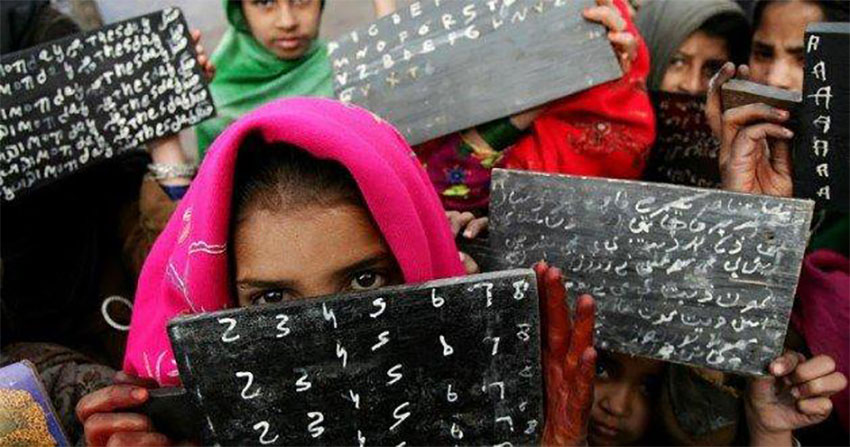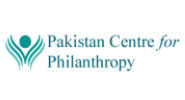Mushtaq Chhapra is a Schwab Foundation 2015 Social Entrepreneur of the Year Awardee
Pakistan frequently makes headlines for the instability in its sociopolitical structure. Paradoxically, the country also has a major asset it can be proud of: a burgeoning population under the age of 15 comprising 35% of the country’s 180 million – plus people. In their vibrant hands lies the bright future of Pakistan.
Unfortunately, Pakistan is also home to the world’s second-largest out-of-school population: 25 million children who should be in schools. One in five drop out of school; those who make it to school have been deemed illiterate and innumerate because of the poor teaching quality.
These young people, never realizing their full potential, enter a vicious cycle of abject poverty, social frustration, and their related demons. The answer lies in an urgent yet long-term investment in education, for in that lies the enrichment of minds required for a systemic change in the country. There is enough reason to despair, but there is also hope.
Nineteen years ago, my friends and I founded the Citizens Foundation (TCF) and planted five seeds of hope in the form of schools in the worst slums of Karachi. In 2014, those seeds had grown to 1,000 schools across the country with 11,500 employees and 145,000 students. These children come from the most marginalized communities in the world. We have seen miracles: a girl destined to become a maid achieving third position in the national examinations. The daughter of a driver graduating from one of the best business schools in Pakistan and spending a summer at Harvard. The son of a textile laborer studying in the same Karachi business school as the daughter of the textile factory’s owner?—?the same factory where his father labored for 30 years.
Poverty and cultural constraints mean that if parents have to choose, they would rather educate their sons than their daughters.
In some areas of Pakistan, such as Baluchistan, female enrollment dips as low as 35%, while in Federally Administered Tribal Areas it drops to a sorry 27%. TCF responded to this challenge by recruiting an all-female faculty to help encourage parents to send their daughters to school.
Our experience at TCF has taught us many lessons. An entrepreneurial approach with a scalable model has been the key to our small success. Small because the challenge is so mammoth that the journey cannot end here. The next steps require forming meaningful partnerships with public- and private-sector organizations to move this initiative forward.
TCF also organizes community development initiatives, such as our adult literacy program, Aagahi, which has allowed us to equip more than 20,000 women, including TCF mothers, with the self-confidence that comes with the ability to read and write, allowing them to be further supportive of their children’s education. We have also partnered with social entrepreneurs to begin providing clean drinking water at TCF schools that do not have this basic necessity.
Through the Schwab platform, we hope to strengthen partnerships with both our core and community programs.
The visibility and access to policy makers that we gain will allow us to replicate our model across the rest of the country. Every time that I see the beaming smile of a TCF child, the light in her eye, and the confidence to raise her hand and answer a question, or a mother with an expression of pride, I know we are on the right track, and I am full of hope for this beautiful country and its deserving children.
This post first appeared on Medium. Publication does not imply endorsement of views by the World Economic Forum.
Author: Mushtaq Chhapra is the co-founder and Chairman of the Board of Directors of The Citizens Foundation (TCF), a non-profit educational organization in Pakistan, and a Schwab Foundation 2015 Social Entrepreneur of the Year Awardee.
How Can We Get More Pakistani Children into the Classroom?







